Farming & Breeding Cattle for Self-Sufficiency in Australia
Raising cattle is a highly rewarding yet demanding aspect of self-sufficiency farming. Whether you’re interested in raising cattle for milk, meat, or other by-products, cattle farming can contribute significantly to your ability to sustain your homestead while providing financial benefits. However, there are various factors to consider to ensure your operation is efficient, humane, and profitable. This guide covers essential information relevant to raising cattle in Australia, from selecting the right breeds to managing their daily needs, space, and health.
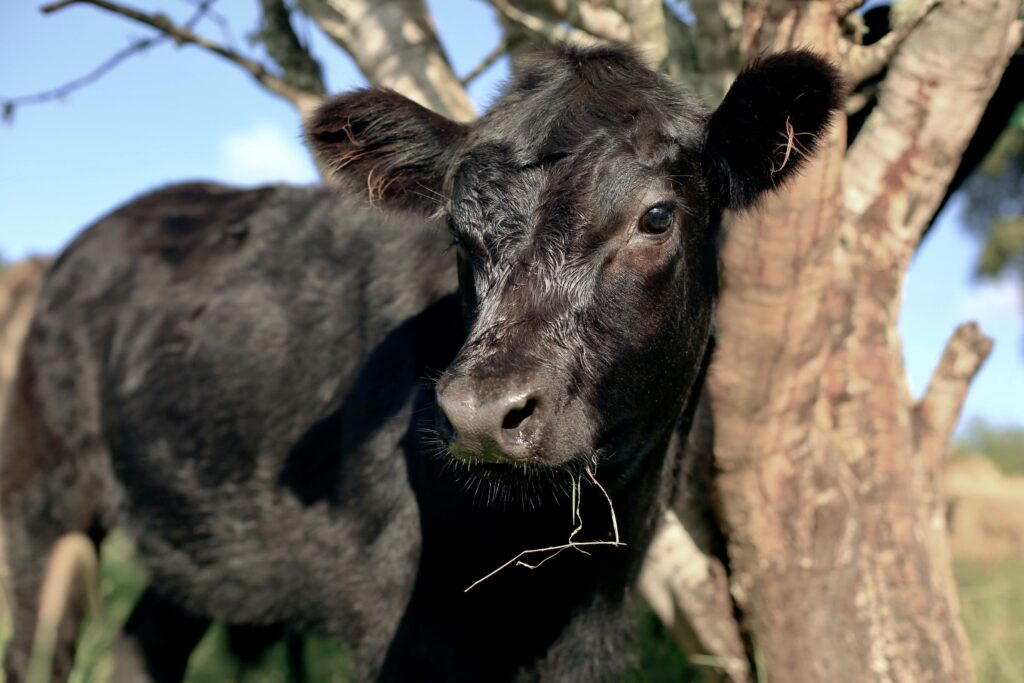
Types of Cattle to Breed for Self-Sufficiency
When choosing cattle for a self-sustained farm or homestead, the breed you select will directly impact your operation’s success. There are different breeds suited to varying purposes, including beef production, dairy production, and dual-purpose breeds. Understanding the benefits of each breed will help you make an informed decision based on your goals.
Beef Cattle
- Angus: A popular breed for beef production, Angus cattle are known for their high-quality, tender meat. They are hardy, adaptable to a variety of climates, and produce consistent beef, making them a top choice for farmers interested in meat production.
- Hereford: Known for their excellent meat yield, Herefords are easy to manage and are well-suited to the Australian climate, particularly in more temperate regions. They are docile and produce a good meat-to-bone ratio.
- Charolais: This breed is highly regarded for its fast growth rate and large frame, making it an ideal choice for commercial beef production. Charolais cattle are often used in crossbreeding to improve the size and weight of offspring.
- Shorthorn: A versatile breed, Shorthorns are good for both beef and milk production. They are adaptable to a wide range of environmental conditions and are known for their efficient feed conversion and growth rate.
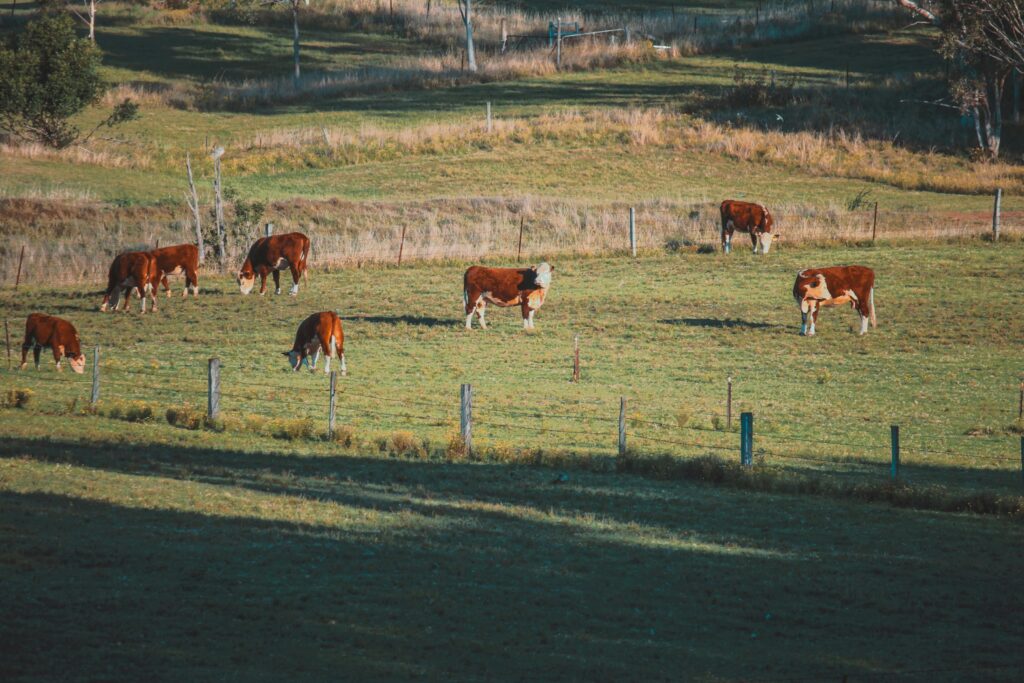
Dairy Cattle
- Holstein: The most common dairy breed, Holsteins are recognized for their high milk yield. They are well-suited for large-scale dairy farming, producing substantial volumes of milk, though their large size means they need more space and resources.
- Jersey: Known for producing milk with a high butterfat content, Jerseys are a smaller, more manageable breed for smaller farms or homesteads. They are docile and efficient in converting feed to milk.
- Ayrshire: Ayrshires are another great dairy breed, known for their adaptability to various farming conditions and their ability to produce a consistent milk yield. Their milk is high in protein, making it ideal for cheese production.
- Guernsey: Guernseys are also smaller cattle, producing rich, creamy milk with a high fat and protein content, perfect for butter and cheese production. They are hardy in various climates and are great for small to medium-sized farms.
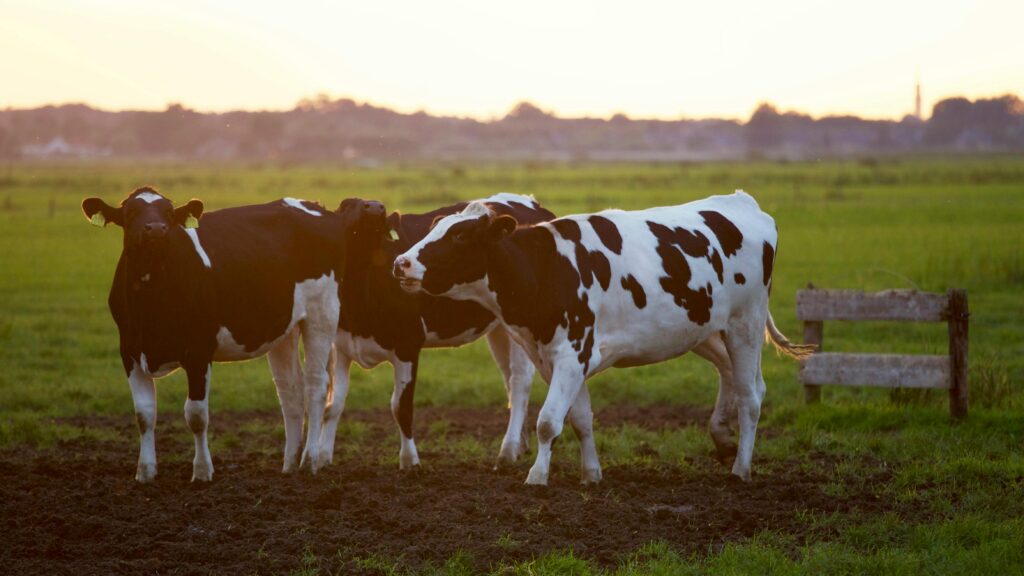
Dual-Purpose Cattle
- Dexter: A small breed that is ideal for homesteads due to their manageable size and dual-purpose nature. They can be raised for both milk and meat, making them a great choice for self-sufficiency.
- Devon: Known for their excellent beef quality, Devons also produce good milk yields. Their calm temperament makes them suitable for smaller farms and homesteads.
Small and Miniature Cattle
If you’re aiming for a smaller parcel of land and therefore aren’t sure you’ll have the pasture for full sized cattle breeds, you could always consider small cattle (you can read more details on our post here on small cattle!). Some of the more popular small cattle breeds in Australia include:
- Dexters: As mentioned above, these are a go to for smaller breeding cattle and are an absolute joy to raise.
- Lowline Australian Cattle: The smaller cousins to the larger breeds – most often in Australia you’ll find Lowline Angus cattle.
- Miniature Hereford: Similar to the Lowline breeds, these are simply a miniature or ‘small’ version of Herefords.
- Square Meaters: Meater by name, meater by nature – these are fantastic if you’ve only got a small space but are looking to maximise beef production.
- Miniature Belted Galloway: Originally a Scottish breed, they will do very well if you are in one of Australia’s colder climates!
Why breed and Farm Cattle on a Self-Sustained Property
There are several reasons why you might choose to raise cattle as part of your self-sufficient homestead in Australia. These can vary based on your available resources, goals, and market needs.
Meat Production
Raising cattle for beef is one of the most common reasons farmers keep cattle. With a suitable breed, cattle can be raised to provide high-quality, home-grown beef for your family or to sell. Meat production can be particularly profitable if you have access to local markets or restaurants looking for fresh, locally sourced beef.
Milk Production
If you’re interested in producing your own milk, raising dairy cattle is a viable option. A milk cow can provide a steady supply of milk for drinking, cheese making, butter, and other dairy products. Some breeds, like the Holstein, are highly efficient in milk production, while smaller breeds like the Jersey are more manageable for homesteaders with limited space.
By-products
Cattle provide a range of valuable by-products beyond just meat and milk. These include leather, bones (which can be used for tools or crafts), and manure, which can be composted for use as fertilizer on your farm. Additionally, cattle hides can be tanned and turned into leather goods, offering another avenue for self-sufficiency.
Breeding Stock
For those looking to expand their cattle herd over time, raising cattle for breeding purposes is another consideration. By breeding high-quality cattle, you can sell offspring for a profit or use them to replace aging stock on your farm. Selective breeding can also help improve the health and productivity of your herd over time.
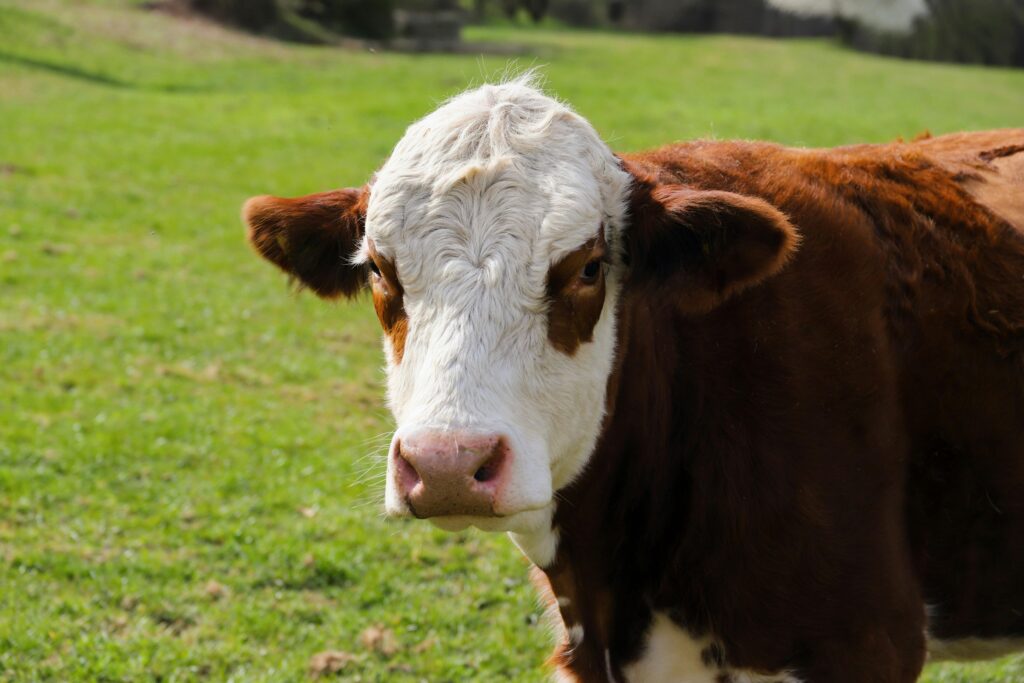
Space Requirements for Cattle Farming
Cattle are large animals and require substantial space to roam, graze, and thrive. The amount of space needed depends on the breed, your farming goals, and the quality of the land.
Land Size for Cattle Grazing
As a general guideline, you will need around 1.5 to 2 hectares per head of cattle if you’re raising them for beef or dairy on pasture. However, this can vary depending on the land’s quality, the breed of cattle, and whether you’re supplementing with feed. It’s essential to assess the quality of your pasture to ensure it can provide adequate nutrition for your cattle. Poor-quality land may require supplemental feed, which can increase your costs.
Fencing and Infrastructure
Cattle need secure fencing to prevent them from wandering off or coming into contact with predators. Barbed wire or high-tensile wire fencing is commonly used, but ensure the fence is strong enough to handle the weight and strength of adult cattle.
In addition to fencing, you’ll also need shelters to protect cattle from extreme weather conditions such as intense sun, heavy rain, or cold temperatures. These shelters can be simple open-sided structures but should provide adequate protection for your cattle. We’ve got a good overview of your options available here or a very handy guide if you’d like to build your own shelter.
Feeding and Watering Cattle
Cattle have specific dietary needs to stay healthy and productive, whether you’re raising them for milk, meat, or both. Their diet should be well-balanced to provide sufficient protein, energy, vitamins, and minerals.
Grass and Pasture
A healthy pasture is essential for cattle, especially for beef production. Cattle are primarily grass-fed, so having access to quality pasture is key to reducing feed costs and promoting natural growth. The quality of pasture and the type of grasses in your area will affect how much land you need for grazing. If you’re not sure and just getting started, make sure you read our guide on establishing pasture grass.
Supplemental Feed
In addition to grazing, cattle may require supplemental feed, particularly in winter or during dry seasons when pasture growth is limited. Common supplemental feeds include hay, silage, grains, and specially formulated cattle feed. Ensure the feed you provide is appropriate for your breed and purpose—dairy cattle, for example, require a higher protein intake compared to beef cattle.
Water Needs
Cattle consume a large amount of water daily—on average, they drink between 30 and 50 litres of water per day, with lactating cows needing more. Ensure that fresh, clean water is always available to your cattle, particularly during the hotter months when their water intake may increase.
Cattle Health and Maintenance
Healthy cattle are productive cattle, so regular health checks and maintenance are essential. A well-maintained herd will result in higher yields, fewer illnesses, and less veterinary intervention.
Vaccinations and Deworming
In Australia, cattle should be vaccinated against diseases like botulism, leptospirosis, and clostridial diseases. Regular deworming is also necessary to prevent internal parasites, particularly in younger cattle. Consult with a veterinarian to develop a vaccination and deworming schedule suited to your local conditions.
Hoof Care and Grooming
Cattle also require regular hoof trimming and grooming to prevent infections and ensure mobility. Make sure to check hooves regularly for signs of rot or damage and seek professional help if necessary.
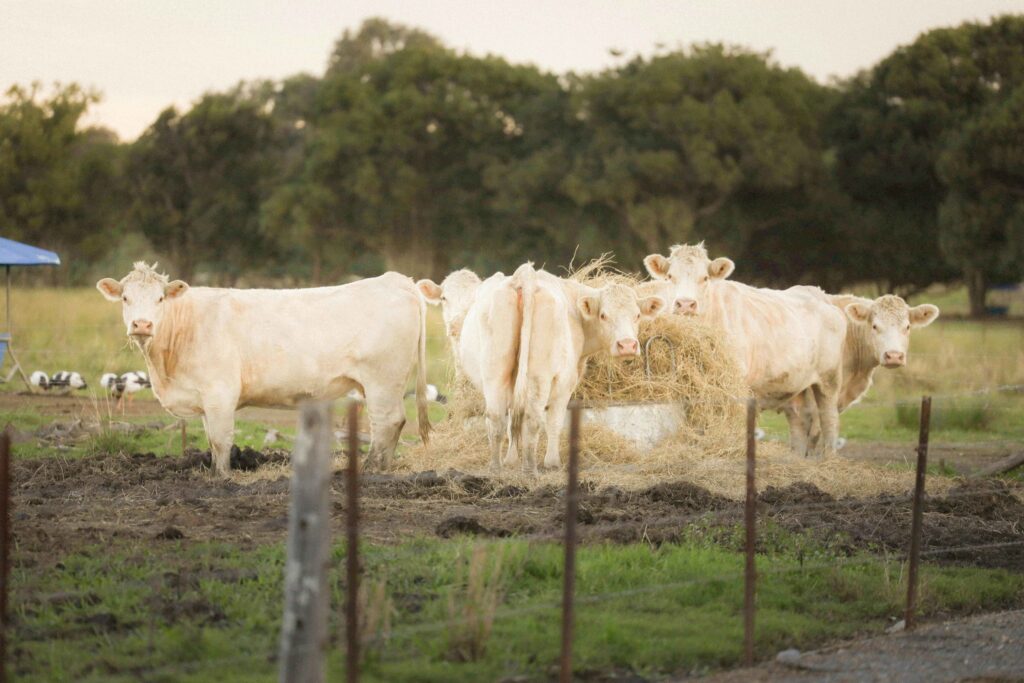
Cattle Shelters and Equipment Needs
Providing the right shelter and equipment for your cattle is crucial for their well-being and productivity, especially in the diverse climates across Australia. Shelters protect cattle from harsh weather conditions, while equipment aids in handling, feeding, and overall herd management.
Shelters and Shade
In Australia, cattle are exposed to varying climate conditions, from the intense heat of the Outback to cooler temperate regions in the south. Shelter is essential, especially in areas prone to extreme weather such as intense heat, heavy rainfall, or cold winds.
- Northern Australia (Tropical and Subtropical): For regions like Queensland or Northern Territory, shade is paramount during the hot, humid months. While cattle can tolerate heat, they need adequate shade to prevent heat stress. Shade can be provided by trees or purpose-built structures like shade cloths or sheds. In these areas, cattle may also need access to water tanks or troughs to ensure they stay hydrated during the hot summers.
- Southern Australia (Temperate and Cool): In areas such as Victoria and Tasmania, shelters should provide protection from wind, rain, and cold temperatures. This can include simple open-sided barns or structures that help cattle stay dry and warm during winter months. Cattle in these regions may need more hay or supplementary feed during colder weather to maintain their body weight.
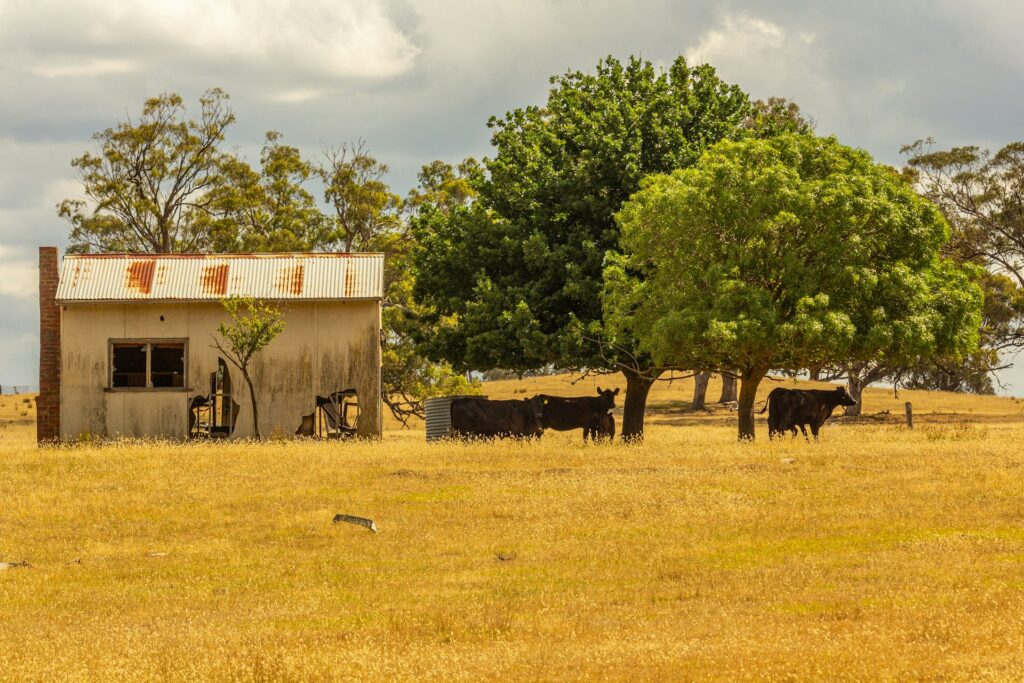
Handling and Fencing Equipment
Fencing is a must-have to secure cattle within boundaries and protect them from predators or wandering off. Depending on your farm size and cattle numbers, various types of fencing are needed:
- Electric Fencing: Particularly in areas where cattle may become agitated or try to escape, electric fencing offers a safe and effective way to keep cattle in place. It also helps deter predators.
- Stockyards and Loading Docks: Stockyards are essential for handling cattle safely. They allow you to manage cattle, provide medical care, or load them onto trucks. These facilities should be designed to minimize stress on the animals.
Investing in cattle crushes (for restraining cattle during health checks or treatments), head bails, and scales will improve herd management efficiency.
Financial Considerations and Estimated Costs of Cattle Farming
Raising cattle is a significant financial commitment, and understanding the costs involved will help you plan your operation. Below is an outline of the expected costs when raising cattle on a self-sufficient farm in Australia.
Initial Costs
- Land: Purchasing land is the most significant upfront cost for cattle farming. The price of land in Australia varies significantly depending on the region. In rural areas of New South Wales or Queensland, prices per hectare can range from $1,000 to $3,000, while more fertile farming areas in Victoria and Tasmania can see prices rise higher. These numbers give only a very rough estimate as depending on the land you’re looking at, the cost to purchase could increase significantly.
- Cattle Purchase: The cost of cattle varies by breed and age. Beef cattle typically range from $1,500 to $3,500 per head, with premium breeds like Angus or Charolais often priced on the higher end. Dairy cattle can cost between $1,000 to $2,500 per head depending on the breed. However, it is worth noting that these numbers are very dependent on the breed, quality of animal and market conditions.
Ongoing Costs
- Feed and Supplements: The cost of feeding cattle is another key consideration. Pasture-based systems can significantly reduce feed costs if you have enough grazing land. However, supplemental feed during winter months or dry seasons may cost between $150 and $500 per head annually.
- Veterinary Care and Health: Regular health checks, vaccinations, and treatments for parasites will be an ongoing expense. Expect to spend approximately $100 to $250 per head annually on veterinary care, depending on the herd size and local disease risks.
- Fencing and Infrastructure: Setting up fencing can cost between $3 to $5 per metre for basic wire fencing. Electric fencing is more expensive, ranging from $1,500 to $5,000 for large properties. Additional infrastructure, such as sheds and stockyards, will further add to the cost.
Income and Profitability
- Beef Production: For beef production, cattle can take anywhere from 18 months to 3 years to reach market weight. Depending on the breed and feeding practices, you can sell cattle for approximately $2,500 to $5,000 each, but as noted above, these numbers can vary widely as there are a large number of determinants that factor into cattle pricing, particularly if they are sold at auction.
- Milk Production: Dairy cattle typically provide a steady supply of milk, with a single cow producing between 15 and 30 litres per day, depending on breed. With milk prices averaging $1 to $1.50 per litre in Australia, dairy farming can provide a reliable income stream.
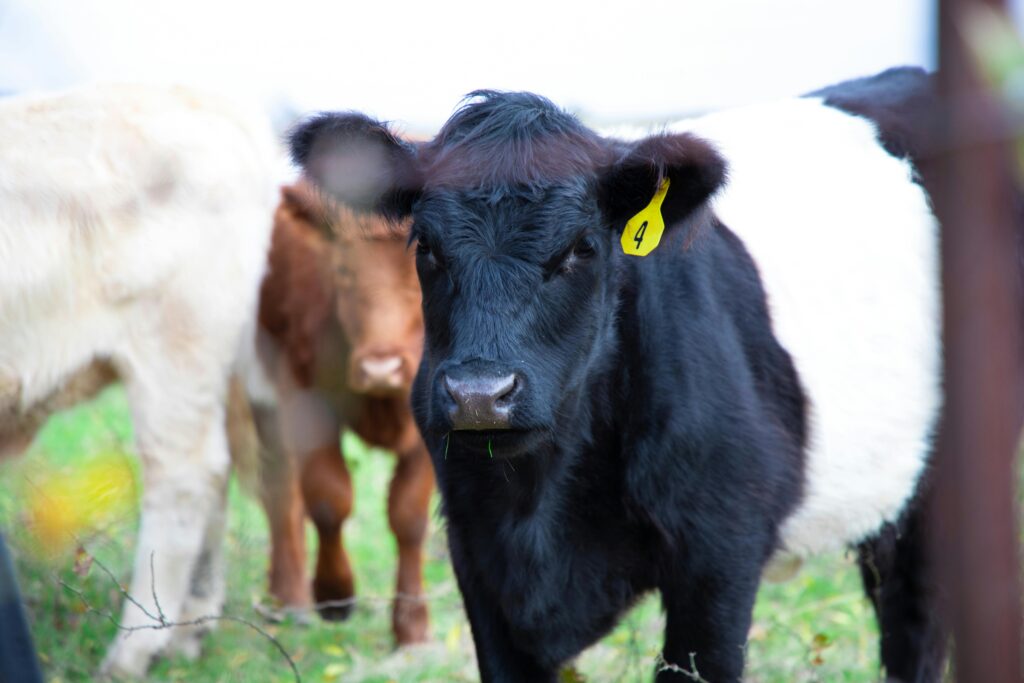
Legal and Regulatory Requirements for Cattle Farming in Australia
Before starting your cattle farm, it’s essential to comply with various legal and regulatory requirements, which vary by state and territory. These regulations help ensure animal welfare, environmental protection, and food safety standards are maintained.
- Biosecurity: Australia has strict biosecurity laws to prevent the spread of diseases that could impact livestock health. Make sure to register with your local Department of Primary Industries (DPI) and adhere to biosecurity protocols.
- Animal Welfare Laws: Each state has animal welfare legislation that covers the humane treatment of livestock. These regulations address issues such as transport, slaughter, and general care practices. Farmers are required to ensure cattle are provided with appropriate food, water, shelter, and medical care.
- Environment and Land Use: Regulations exist regarding land clearing, water usage, and pasture management, particularly in areas with endangered species or protected ecosystems. Ensure you understand the local zoning laws and environmental guidelines to avoid any legal issues related to land use.
Climate Considerations for Cattle Farming in Australia
Australia’s diverse climate zones present both opportunities and challenges for cattle farmers. Understanding how your local climate impacts cattle farming will allow you to make informed decisions regarding herd management, feed requirements, and shelter needs.
Tropical and Subtropical Areas (North Queensland, Northern Territory)
In the warmer regions of Australia, cattle may experience heat stress, which can affect milk production, weight gain, and general health. It is crucial to provide ample shade and water for cattle in these areas. Pasture may also become scarce during the dry season, so providing supplementary feed and managing grazing patterns is essential to maintaining herd health.
Temperate and Cool Areas (Victoria, Tasmania)
In cooler climates, especially during winter, you will need to manage the risk of hypothermia and pneumonia. Cattle in these areas often require shelter from harsh winds and rain. Additionally, pasture may slow or stop growing during the winter months, making it necessary to have stored feed (e.g., hay or silage) available to ensure adequate nutrition.
Arid and Semi-Arid Areas (Western Australia, South Australia)
In drier areas, cattle farming requires effective water management. You may need to install troughs or tanks that can store and distribute water during long dry spells. Pasture can become sparse in these regions, so careful management of land and rotation of grazing areas is essential to prevent overgrazing and soil degradation.
Managing the Lifecycle of Cattle on a Self-Sustained Farm
Raising cattle is not just about feeding them and providing shelter. Proper management includes planning for the entire lifecycle of the animal. This involves knowing when to breed, when to wean calves, and when to sell or process cattle.
Breeding and Calving
Selecting the right time to breed your cattle is essential for ensuring the health of the mother and calf. Calving seasons typically occur in spring and summer, as warmer weather promotes healthy births. Cattle farmers in southern Australia often aim for calving to occur in late spring to early summer to take advantage of abundant pasture growth.
Weaning
Weaning occurs when the calf is ready to transition from milk to solid food, usually between 6 to 9 months of age. This is an important stage in the animal’s development and should be done gradually to reduce stress.
Culling and Selling
Culling is an essential part of herd management. Cattle that no longer meet your production needs or are aging can be sold to other farmers, slaughtered, or sent to auction. In Australia, cattle are typically sold via live export, direct sales, or at livestock auctions.
Raising cattle in Australia for self-sufficiency requires careful planning, significant land, and a commitment to animal welfare. By understanding the breeds, costs, space requirements, and legal obligations, you can make informed decisions and manage a successful cattle operation that supports your homestead for years to come.
